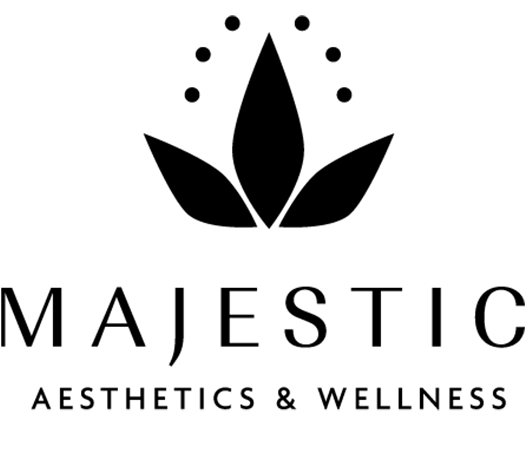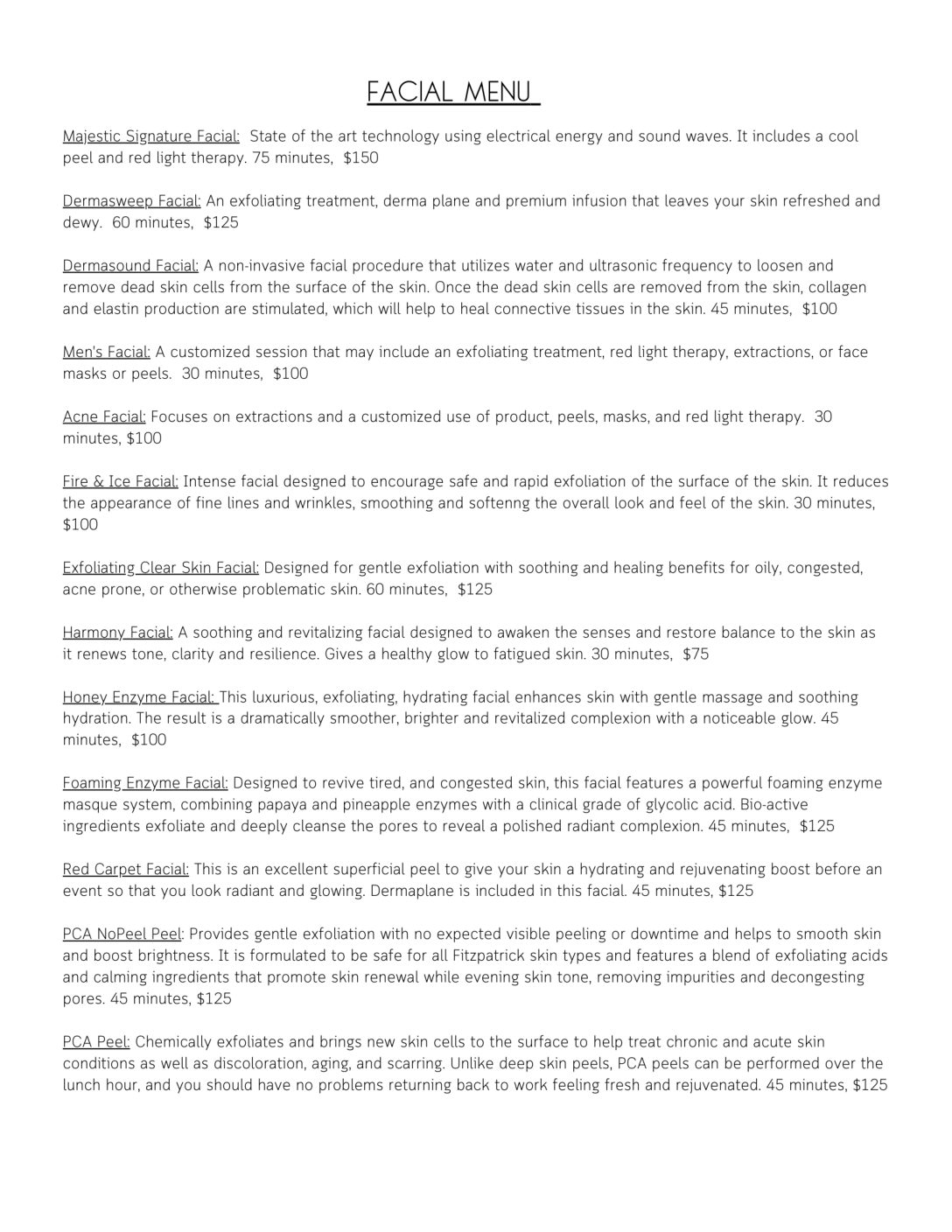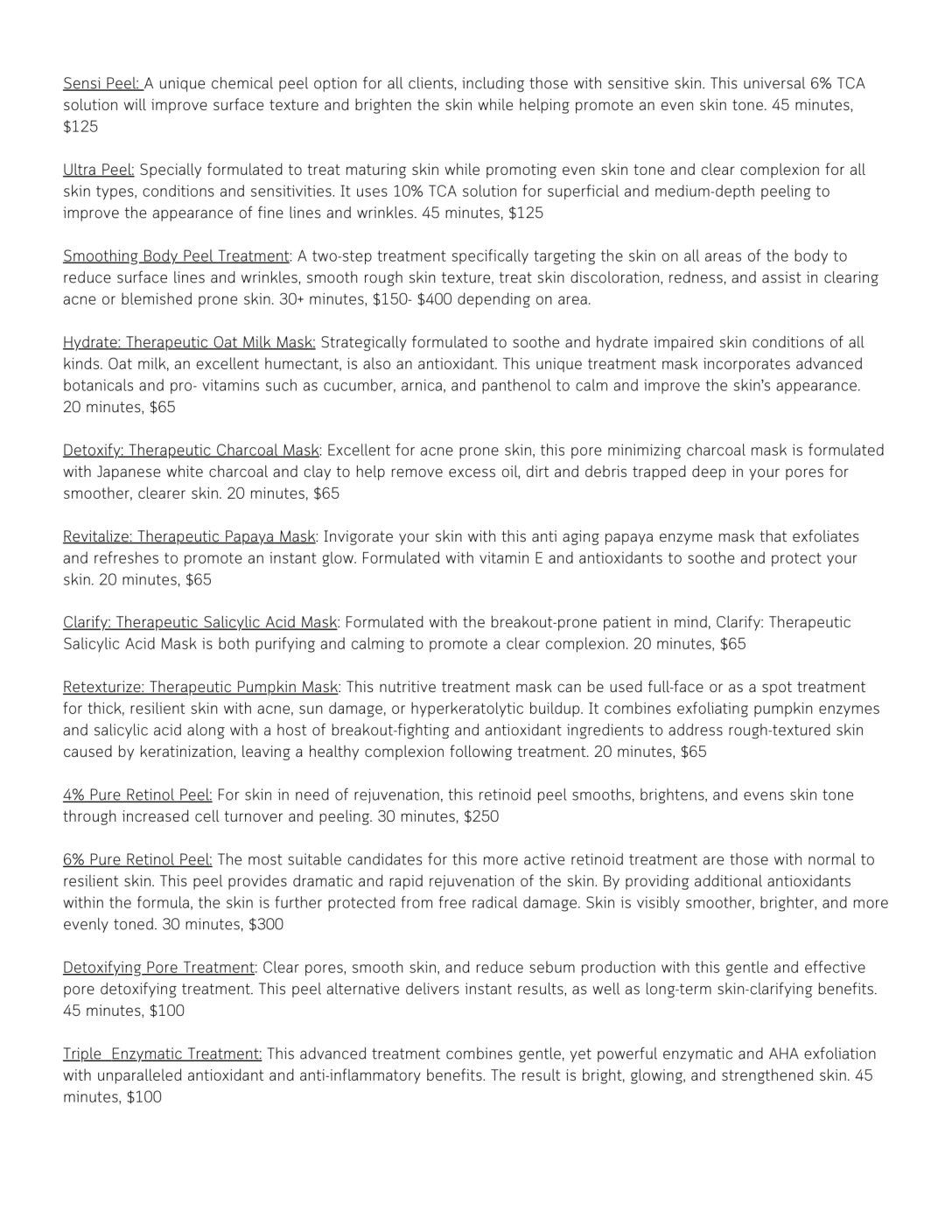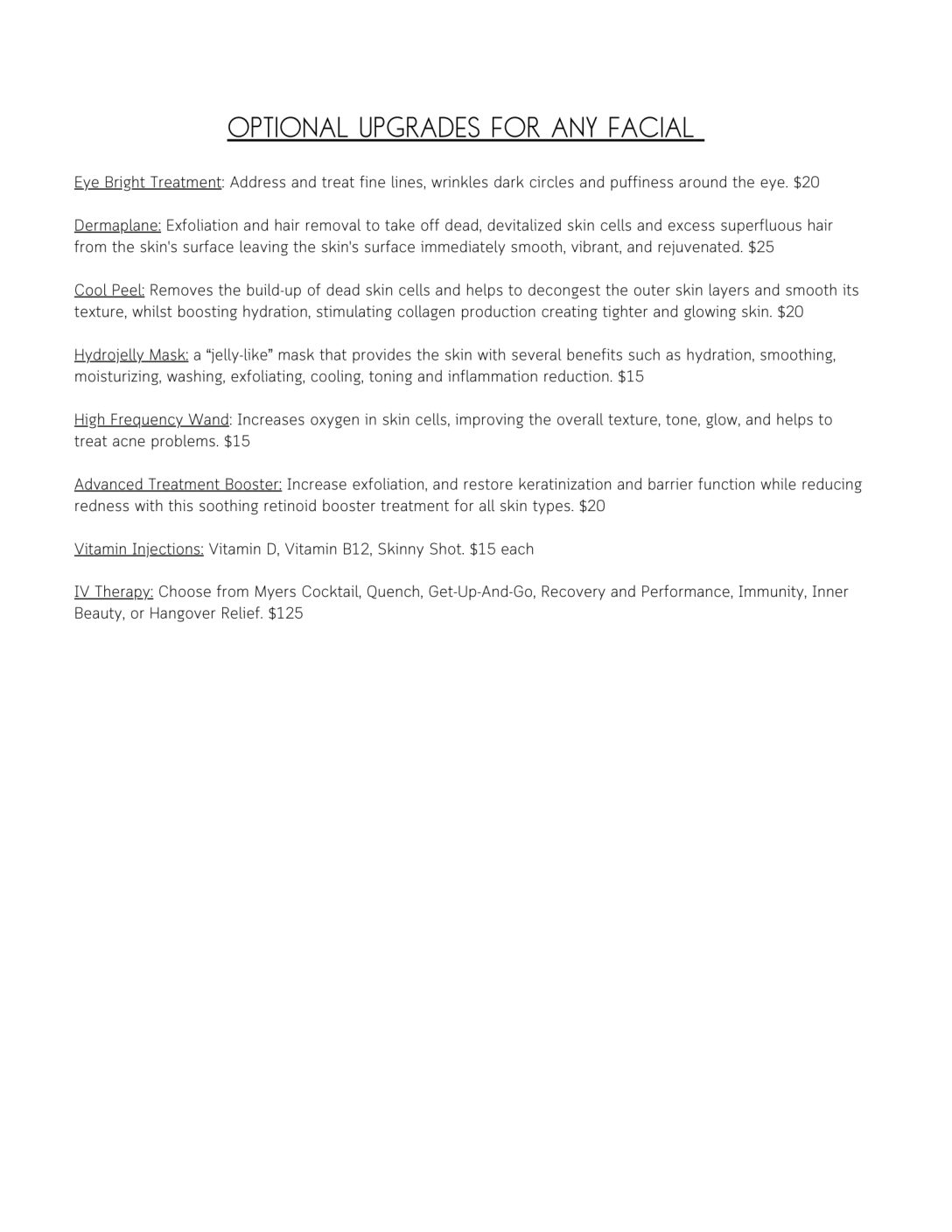Platelet-Rich Plasma (PRP) is a concentrated form of plasma that is derived from a patient’s own blood. It contains a higher than normal amount of platelets, which are key components in the body’s natural healing processes. Here’s an overview of what PRP is and how it works:
Extraction and Preparation: To obtain PRP, a small amount of blood is drawn from the patient. This blood is then placed in a centrifuge, a machine that spins at high speed. This process separates the components of the blood, allowing for the extraction of plasma that is rich in platelets.
Concentration of Platelets: The isolated plasma has a higher concentration of platelets compared to normal blood. Platelets are cell fragments that are crucial for blood clotting and are also a source of growth factors. Growth factors are important in the healing process and in stimulating tissue regeneration.
Application in Medical and Cosmetic Procedures: PRP is used in various medical and cosmetic procedures. In orthopedics, it is used to treat injuries to muscles, tendons, and ligaments, potentially speeding up recovery. In cosmetic procedures, PRP is used for skin rejuvenation, reducing wrinkles, and promoting hair growth. When used in aesthetic medicine, PRP is often applied to the face, neck, or scalp, depending on the treatment goal.
Natural and Safe: Since PRP is derived from the patient’s own blood, it is considered a natural treatment and carries a low risk of allergic reactions or complications. However, like any medical procedure, it should be performed by a qualified healthcare professional.
Potential Benefits: The benefits of PRP are attributed to the growth factors in platelets that help in tissue healing and regeneration. Patients may experience improvement in skin texture, reduction in signs of aging, and enhanced healing of certain injuries.








